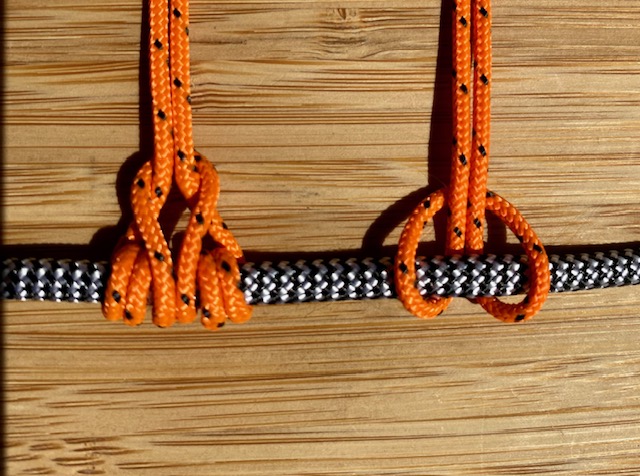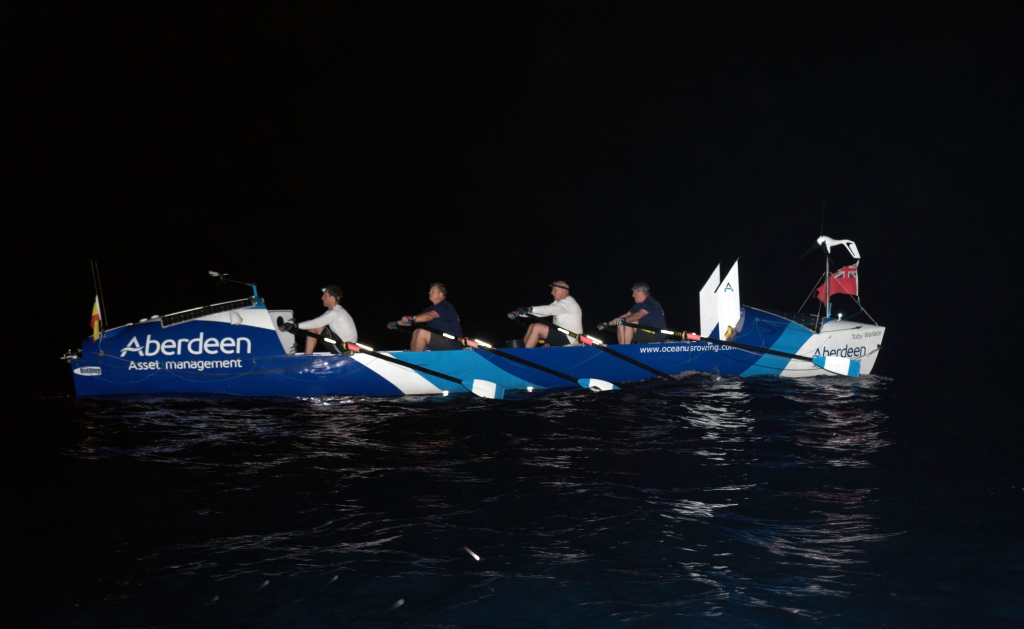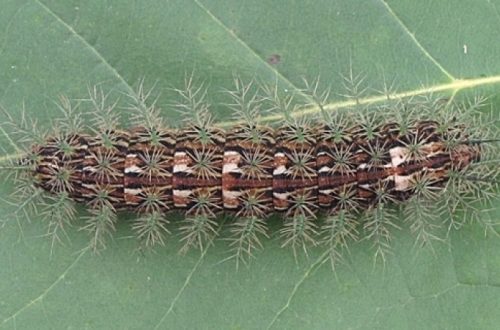
Prusik Knot
The Prusik Knot is a type of friction hitch used to attach a rope to another rope or to an object, such as a carabiner. It’s a versatile knot that can be used for ascending, descending, or traversing a rope, and it’s commonly used in climbing, caving, and rescue operations. It slides when not weighted along a tight rope but jams solidly at the moment of loading.
In climbing, the Prusik Knot is often used as a backup safety system for belaying, as it allows the climber to be attached to the rope at all times. It can also be used for self-rescue, by attaching the Prusik Knot to the rope and sliding it up or down to move towards or away from a difficult section.
In rescue operations, the Prusik Knot is commonly used to create a mechanical advantage system, which allows rescuers to lift or lower heavy loads with minimal effort. The Prusik Knot is also used as a back-up system, in case the primary system fails.
Materials Needed:
- A primary rope (larger diameter)
- A smaller diameter rope or cord for the Prusik loops (at least 6-8 inches long, depending on the thickness of the primary rope)
Steps:
- Form the Loop: Take the smaller diameter rope and form a loop by crossing the ends over each other. Ensure there’s enough length in the loop to work with.
- Wrap the Loop Around the Main Rope: Take the loop and pass it behind the primary rope.
- Create the Wraps: Bring the loop back over the primary rope, creating wraps or coils. Aim for at least three wraps, but more can be added for increased grip and security.
- Feed the End through the Loop: Take the working end of the loop and pass it through the original loop you created. This will create a girth hitch around the main rope.
- Tighten the Knot: Begin tightening the Prusik knot by pulling the standing part of the loop and the ends of the smaller rope simultaneously. Ensure the wraps are snug against the primary rope.
- Test the Knot: Before using the Prusik knot for weight-bearing purposes, always test its security and make sure it grips the main rope tightly.
Tips:
- Ensure the wraps are parallel to each other and neat to maximize the friction against the primary rope.
- The Prusik knot should slide easily along the main rope when unloaded but should grip firmly when weighted.
Practice tying the knot a few times to get comfortable with the technique. It’s an essential knot in various outdoor and rescue scenarios due to its reliability and adjustability.
Prusik Knot is also known as a Lark’s Head – Cow hitch done twice.
#livealifetodiefor #marlowropes #MoreThanMyPast #itsrogerx #official_psychi



